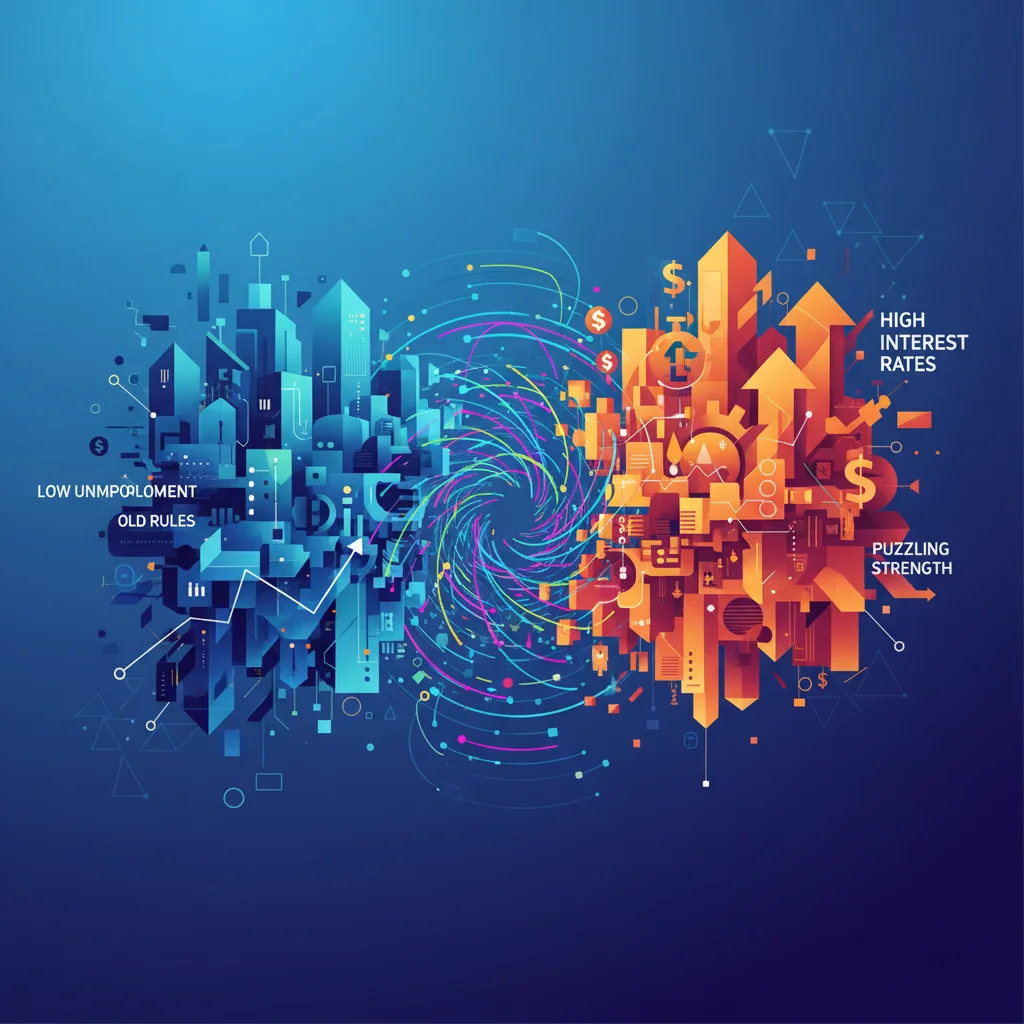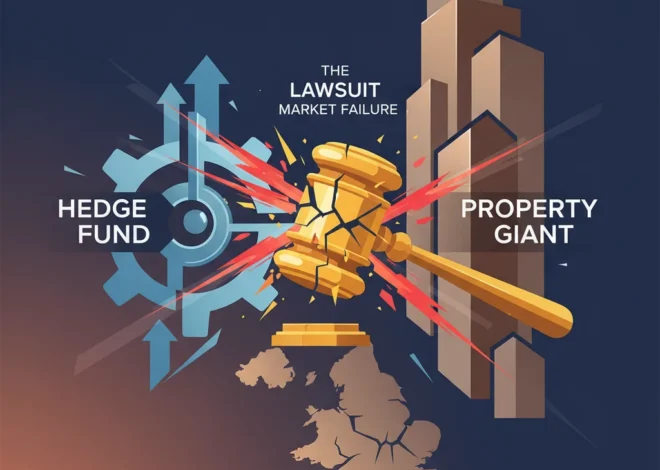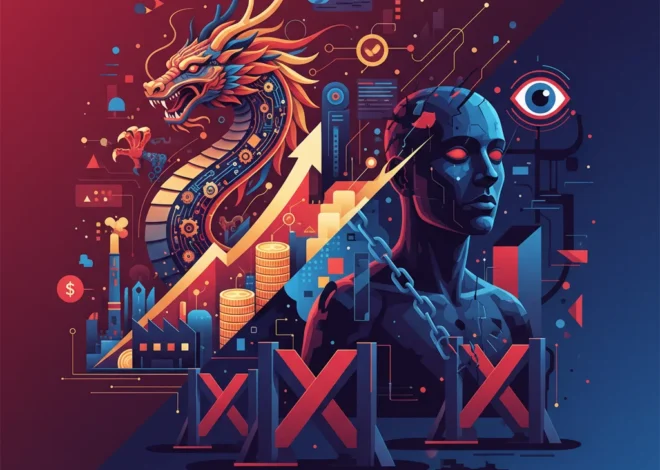
The Great Disconnect: Decoding the Puzzling Strength of the US Economy
An Economic Enigma: Why the Old Rules No Longer Apply
In the world of finance and economics, we’re taught to look for patterns. Low unemployment and high interest rates should, by all traditional metrics, lead to a cooling economy. Yet, we find ourselves in one of the most perplexing economic environments in modern history. The US economy is not just surviving; in many ways, it’s thriving, presenting a puzzle that has left investors, analysts, and business leaders scratching their heads. It’s a grand disconnect between textbook theory and real-world performance—a paradox that demands a deeper look.
While recessionary clouds have been gathering on the horizon for what feels like an eternity, the storm has yet to break. Instead, key indicators continue to flash green, defying gravity and the Federal Reserve’s aggressive monetary tightening. According to analysis highlighted by the Financial Times, the resilience of the US is a central theme puzzling the global markets. How can an economy absorb such high borrowing costs and still post robust growth? This isn’t just an academic question; the answer holds profound implications for the stock market, investment strategies, and the future of global banking.
In this analysis, we will dissect this economic puzzle. We’ll explore the conflicting signals, examine the theories attempting to explain this strange new reality, and unpack what it all means for your investment portfolio and business strategy in the years to come.
The Two Faces of the Economy: A Tale of Contradiction
To understand the puzzle, one must appreciate the two conflicting narratives currently defining the US economy. On one hand, the data paints a picture of remarkable strength. On the other, warning signs and underlying pressures suggest fragility.
The Bull Case: An Engine That Won’t Quit
The argument for economic strength is compelling and backed by hard numbers. The labor market, often considered the bedrock of the economy, remains extraordinarily tight. Unemployment rates have hovered near 50-year lows, giving consumers the confidence and the cash to keep spending. This has fueled corporate earnings and, in turn, propelled the stock market to new heights, particularly in the technology sector.
Furthermore, GDP growth has consistently surpassed expectations. While economists predicted a slowdown, the US has continued to expand at a healthy clip, with recent figures showing an annualized growth rate that many developed nations would envy (source). This resilience suggests a fundamental robustness that traditional models may be failing to capture.
Here’s a snapshot of the key indicators fueling the optimistic outlook:
| Positive Indicator | Implication for the Economy |
|---|---|
| Low Unemployment Rate | Indicates a strong labor market, supports consumer spending, and boosts wage growth. |
| Robust GDP Growth | Shows the overall economy is expanding, defying forecasts of a significant slowdown or recession. |
| Strong Corporate Earnings | Suggests businesses are successfully navigating inflation and higher costs, underpinning stock valuations. |
| Resilient Consumer Spending | The primary driver of the US economy remains active, fueled by savings and wage gains. |
The Bear Case: Cracks Beneath the Surface
Conversely, the bearish perspective argues that this strength is illusory or, at best, temporary. The Federal Reserve’s historic rate-hiking cycle was designed to curb inflation by slowing the economy. The full impact of these hikes, known as the “lag effect,” may not have been felt yet. The cost of borrowing for mortgages, car loans, and business investment is significantly higher, a reality that will inevitably bite.
Moreover, while headline numbers look good, there are signs of stress. Consumer credit card debt has surged to record highs, suggesting that spending is being fueled by borrowing, not just income. Certain sectors, like commercial real estate, are facing a severe downturn. And inflation, while down from its peak, remains stubbornly above the Fed’s 2% target, meaning restrictive policy could remain in place for longer than the market anticipates (source).
The Phantom of Fast Fashion: Unmasking the Strategy Behind Shein's Enigmatic Founder
Explaining the Unexplainable: Four Theories Behind the Paradox
Economists and market analysts have proposed several compelling theories to explain this unprecedented economic behavior. The truth is likely a combination of these factors, creating a unique and complex environment for investing and business planning.
1. The Great Monetary Lag
The most conventional explanation is that monetary policy works with long and variable lags. The full economic impact of the Fed’s rate hikes is still working its way through the system. This theory suggests the slowdown is not averted, merely delayed. Businesses and consumers who locked in low rates pre-2022 are insulated for now, but as debt needs to be refinanced, the pain will become more widespread.
2. The Fiscal Fuel Injection
An alternative view is that we are underestimating the sheer scale of post-pandemic fiscal stimulus. Trillions of dollars were injected into the economy through programs like the CARES Act, the Inflation Reduction Act, and the CHIPS Act. This capital is still sloshing through the system, funding everything from household consumption to massive infrastructure and technology projects. This government-led spending may be powerful enough to counteract the Fed’s tightening, creating a tug-of-war between fiscal and monetary policy.
3. The Reshaped Post-Pandemic Consumer
The pandemic didn’t just change where we work; it changed how we spend and save. Many households built up significant savings buffers during lockdowns. Furthermore, the shift to remote and hybrid work has altered spending patterns, boosting local economies and changing the demand for goods and services. This “new consumer” may be more resilient and adaptable than past versions.
4. A Productivity Boom in Disguise?
A more optimistic theory is that we are on the cusp of a productivity boom driven by advancements in financial technology (fintech) and artificial intelligence. These technologies could be allowing companies to do more with less, boosting output without fueling wage inflation. If true, this would allow the economy to run hotter without overheating—a “soft landing” scenario that was once considered a fantasy.
Here’s a comparison of these competing theories:
| Theory | Core Idea | Future Outlook |
|---|---|---|
| Monetary Lag | The effects of high interest rates are delayed but inevitable. | A slowdown or recession is still on the horizon. |
| Fiscal Stimulus | Massive government spending is overpowering the Fed’s tightening. | Strength may persist until government support wanes. |
| New Consumer Behavior | Pandemic-era savings and lifestyle changes have made households more resilient. | The economy has a higher underlying level of demand. |
| Productivity Boom | Technological advancements are increasing efficiency across the economy. | Sustainable, non-inflationary growth is possible. |
Navigating the New Normal: Implications for Investors and Leaders
Understanding this puzzle is critical because it directly impacts strategic decisions in finance, trading, and business. An uncertain environment demands flexibility and a departure from old playbooks.
For Investors:
The current climate challenges traditional portfolio allocation. If the economy remains strong, growth stocks and equities may continue to outperform. If the lag effect theory proves correct, defensive assets and bonds could become more attractive. Diversification is more critical than ever. Investors should focus on companies with strong balance sheets and pricing power, capable of weathering either persistent inflation or a potential slowdown. The rise of alternative assets, including digital assets managed on a blockchain, is also a response to this search for non-correlated returns in a confusing macroeconomic environment.
For Business Leaders:
Strategic planning has become a high-stakes balancing act. Companies must be prepared for multiple scenarios. This means managing debt cautiously given the high-interest-rate environment, but also being ready to invest in growth opportunities if the economy’s strength persists. Investing in financial technology to improve efficiency and productivity is no longer a luxury but a necessity for survival and growth. Supply chain resilience and a deep understanding of evolving consumer behavior are paramount.
For the Financial Industry:
The puzzle has profound implications for banking and fintech. Traditional credit risk models, which are based on historical economic cycles, may be unreliable. Financial institutions need to develop more dynamic models that can account for the structural shifts we’ve discussed. Fintech companies have an opportunity to provide innovative tools for both consumers and businesses to navigate this complexity, from advanced budgeting apps to more sophisticated risk management platforms.
The Retail Rumble: Is Shein's Digital Dominance a Death Knell for Primark's High Street Reign?
Conclusion: Embracing Uncertainty in a New Economic Era
The great economic puzzle of our time may not have a single, simple solution. The US economy is not merely defying gravity; it may be operating under a new set of physical laws, rewritten by a global pandemic, unprecedented government intervention, and rapid technological change. The disconnect between old models and current reality is a clear signal that we have entered a new era.
For those in finance, investing, and business, the key takeaway is the need to abandon rigid forecasts and embrace strategic agility. The challenge is no longer to predict the future but to build resilience to thrive in a range of possible futures. By understanding the forces at play—from monetary policy lags to the transformative power of technology—we can better navigate the complexities of this fascinating and pivotal moment in modern economics.


